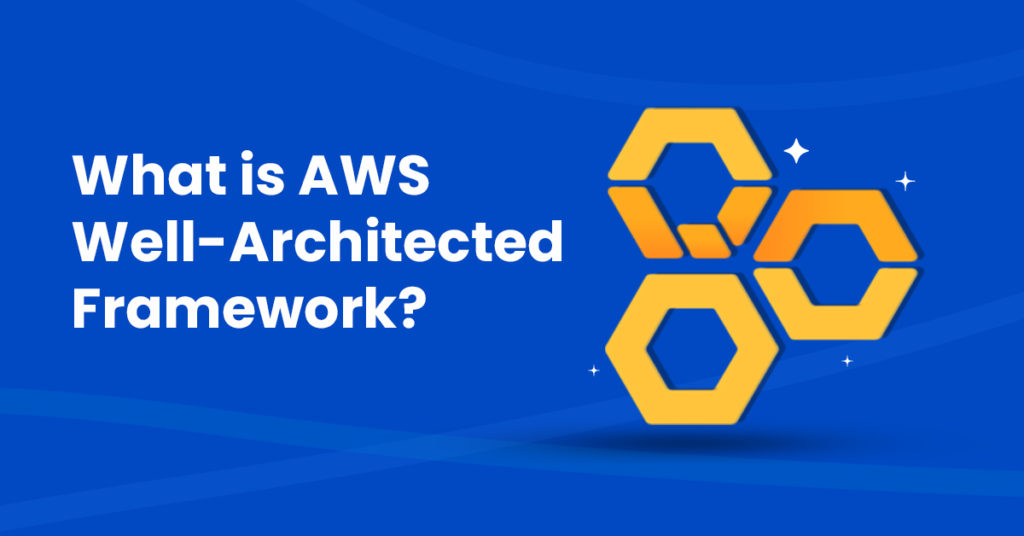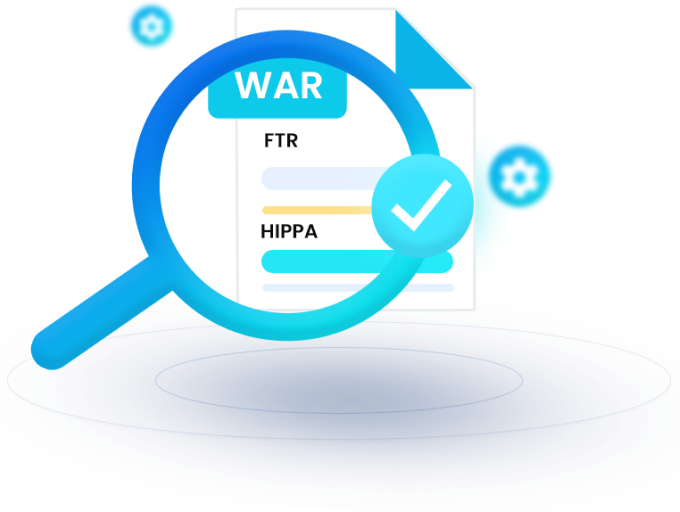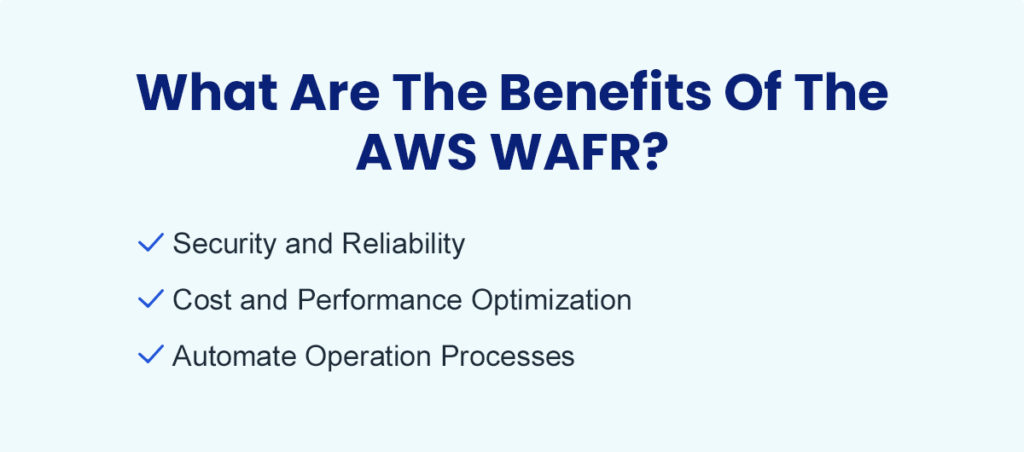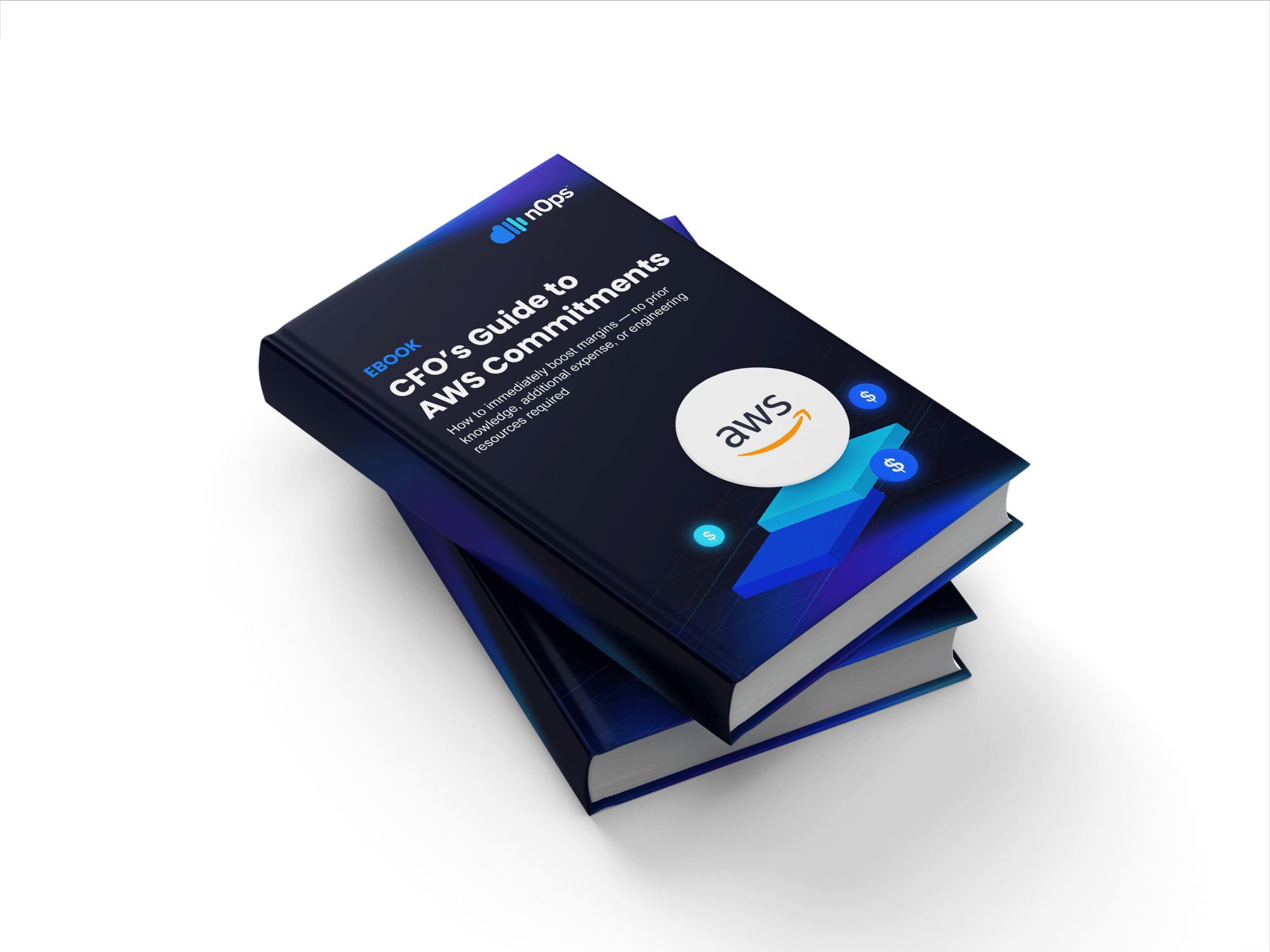- Blog
- AWS Compliance
- AWS Well-Architected Framework Review
AWS Well-Architected Framework Review
As organizations begin to embrace the cloud, they are increasingly turning to Amazon Web Services (AWS) for their cloud needs. AWS provides extensive services, tools, and features to help organizations take advantage of the cloud’s scalability, flexibility, and cost savings. However, with all the features and options available, it can be difficult to understand and utilize them effectively.
That’s where the AWS Well-Architected Framework (WAFR) comes in. The framework provides guidance on best practices for building and running secure, reliable, and cost-efficient applications on AWS. AWS Well-Architected provides a consistent approach for customers and partners to evaluate architectures and implement designs that can scale over time. The AWS Well-Architected Framework (WAFR) is a set of best practices and guidelines that enable organizations to build and operate applications and infrastructure on the Amazon Web Services (AWS) cloud.
In this blog, we will discuss the AWS Well-Architected Framework, its benefits, and how to use it to review your existing architecture and optimize your cloud resources. We’ll also cover the use cases of WAFR and the steps involved in the review process.
What is AWS Well-Architected Framework?

The AWS Well-Architected Framework is a set of best practices that Amazon recommends for building and operating secure, reliable, efficient, and cost-effective systems in the cloud. It is based on six pillars that are essential to a successful cloud architecture: Operational Excellence, Security, Reliability, Performance Efficiency, Cost Optimization, and Sustainability.
It is designed to help organizations identify common pitfalls, create a secure and reliable architecture, and improve the overall performance of their systems. WAFR is an invaluable resource for architects and developers building applications on the AWS platform.
The framework provides a consistent set of criteria for evaluating architectures and system designs.
Streamline your Well-Architected Review

What are the Benefits of AWS WAFR?
The AWS Well-Architected Framework helps in optimizing cloud resources and reducing operational costs. It also helps organizations identify common pitfalls and make architectural decisions that are aligned with the organization’s goals and objectives. Here are some of the key benefits of using the framework:
- Security and Reliability: One of the primary benefits of AWS WAFR is that it helps organizations build secure and reliable applications. The framework provides guidance on how to design best and implement applications in order to minimize security risks and ensure reliability. It also recommends implementing secure identity and access management, encryption, and network security.
- Cost and Performance Optimization: Another benefit of AWS WAFR is that it helps organizations optimize their architecture for cost and performance. It provides guidance on designing and implementing applications to ensure they are cost-effective and meet performance requirements. It also provides recommendations on utilizing AWS services such as Amazon CloudFront, Amazon CloudWatch, and Amazon Elastic Compute Cloud (EC2).
- Automate Operation Processes: AWS WAFR also helps organizations automate operational processes. It provides guidance on using AWS services such as AWS Identity and Access Management (IAM), AWS Config, and AWS CloudFormation to automate operational processes. This automation can help organizations reduce operational costs and ensure their applications remain up-to-date and secure.

AWS Cost Visibility
If you’re trying to choose the right AWS pricing model—or avoid overspending on the wrong one—nOps helps you choose smarter and manage them automatically. From selecting the right mix of On-Demand, Reserved Instances, and Spot to tracking commitment coverage and optimizing in real time, nOps makes it easy for engineering and finance to save on cloud costs.
The nOps all-in-one cloud platform features include:
- Cloud Visibility: Reports, dashboards, cost allocation, forecasting, budgets, alerts & more with one-click integrations for AWS, GCP, Azure, Kubernetes, GenAI and SaaS
- Compute Optimization: Optimize every level of your compute, from the container level all the way to pricing
- Commitment management: Use 100% of your commitments with a risk-free guarantee
- Resource cleanup: One-click rightsizing, storage optimization, scheduling & more
nOps was recently ranked #1 with five stars in G2’s cloud cost management category, and we optimize $2+ billion in cloud spend for our customers.
Join our customers using nOps to understand your cloud costs and leverage automation with complete confidence by booking a demo today!


